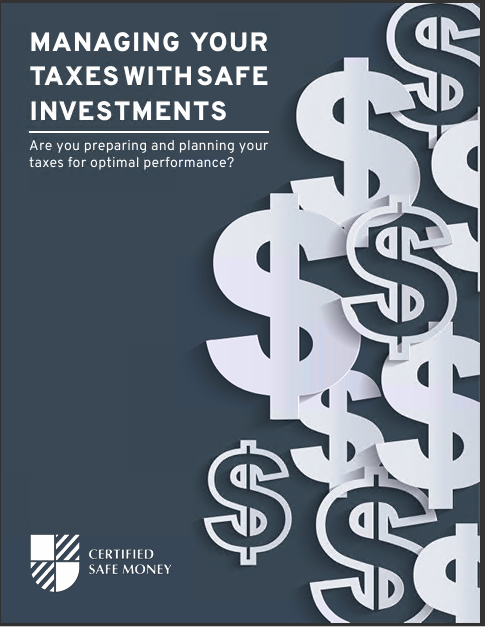Everyones financial goals and needs are different. But there may at least be some similarities among investors and retirees in the same cohorts. For example, for many of the 73 million Baby Boomers those who were born between 1946 and 1964 – retirement has already been reached, or it soon will be.This contrasts with those who are considered Millennials that range in age from their mid-20s to late 30s, and who generally have at least two more decades to go in the workforce before they retire. Who Exactly are the Gen Xers and What are Their Thoughts on Retirement?Generation X, or the Gen Xers, were born between 1965 and 1980. This group comes directly after the Baby Boomers and its members are currently (in 2020) between the ages of 40 and 55. Similar to the Silent Generation, Gen Xers are oftentimes referred to as an in-between generation, as they were preceded by the massive Baby Boomers group and are followed by the Millennials.According to data compiled by the United States Federal Reserve, Generation Xers currently (in 2020) only hold about 16% of the nations wealth (which is up from a mere 9% in 2008). This is compared to roughly 56% of the U.S. wealth that is presently held by the Baby Boomers.The earning power and savings of the Gen Xers have been challenged by a number of events, including the:
- Dot.com bust
- Financial crisis of 2008
- Great Recession
These financial debacles have led more than 50% of Generation Xers to carry credit card debt. Given these hurdles, many in the Generation X group feel that they will have a more difficult time attaining financial security especially as compared to their Baby Boomer parents.It is anticipated, though, that as the Baby Boomers come to their end of their life span, some in the Generation X cohort will be on the receiving end of an estimated $30 trillion dollar transfer of wealth.Due in part to longer life spans, some of the Gen Xers are often referred to as the sandwich generation, because many in this cohort are still raising children while at the same time taking care of aging parents. Gen X: A Generation that is Sandwiched Between the Boomers and the MillennialsBeing directly between the Baby Boomers and the Millennials, the Generation Xers oftentimes tend to feel sandwiched between different financial priorities. For instance, many Gen Xers have parents who are Baby Boomers.Roughly a decade ago, the first group of the Boomers started turning 65, and as such became eligible for Medicare, and then Social Security retirement benefits soon after that. This massive group of retirees has put a tremendous strain on these two programs.It is estimated that approximately 10,000 Baby Boomers will turn 65 every day until the year 2030, at which point, all Baby Boomers will be at least age 65 or older. With the Social Security trust fund now slated to run dry within the next decade, many Generation Xers have come to the realization that they will be relying much more on their own savings and investments for their future retirement income purposes.On the other side of the Gen X generation is the Millennials. The Millennial generation encompasses roughly 62 million people who were born between 1981 and 1996. This generation is continuing to grow, especially as young immigrants make their way to the U.S. and it is expected to peak in the year 2033, at just under 75 million. Many of the Millennials came of age during the era of Barack Obamas presidency.According to the United States Census Bureau (as of July 2019), as the Baby Boomer generation continues to reach the end of its lifespan, the Millennials have surpassed this group as the largest living adult generation in the United States. The Biggest Financial Concerns of the Different U.S. GenerationsEach of the living U.S. generations has been shaped by different times throughout history, and because of that, their primary concerns may also differ. Some of the biggest concerns include:
- Lifetime income in retirement
- The cost of healthcare and long-term care services
- Longevity (the multiplier of all other financial risks)
Across all of the generations, the U.S. has faced low personal savings rates for a number of years. While the average Baby Boomer holds approximately $144,000, they are followed by Generation Xers with $64,000 and Millennials with $23,000. (Although 9% of those who are in Generation X do not have any retirement savings at all).According to the 20th Annual Transamerica Retirement Survey of Workers (which was compiled in 2020), Generation Xers feel that they will have a more difficult time achieving financial security as compared to their parents, as well as compared to Millennials.Healthcare costs are another key concern across the spectrum of the different generations. Based on a recent study by Fidelity Investments, an average 65-year-old couple who retires in 2020 can anticipate paying $295,000 in healthcare-related costs throughout the remainder of their lifetime.But this dollar figure does not include the cost of a long-term care need. This could add another $7,500 per month to the tab (the average cost of a semi-private room in a skilled nursing facility in 2019).Longer life expectancy has also added a significant risk for many Gen Xers (as well as the other cohorts). While living longer could be a positive on many levels, it also means that your retirement savings and income will face a multitude of risks such as market volatility, inflation, and low interest rates for a longer period of time. So, without proper planning, it is possible to run out of money before running out of time. How to Put the Right Retirement Plan in PlaceGiven the many differences between and among cohorts, there is no single retirement plan that is right for everyone across the board. Therefore, discussing your specific goals with a retirement income specialist is recommended.













